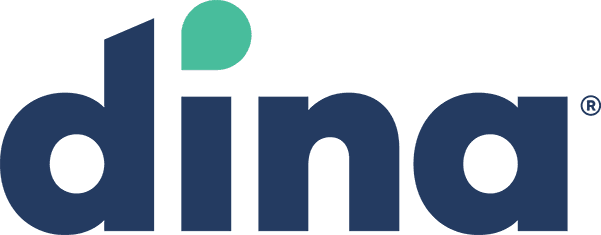As the shift from traditional fee for service models to value-based care progresses, it is important to understand what’s on the horizon for organizations looking to leverage their downstream partners in a more effective, outcome-driven manner. Holistically engaging their post-acute network enables health systems and upstream providers to drive higher reimbursements and better patient outcomes while working with the cornerstone of value-based care: bundled payments.
What are Bundled Payments?
Put simply, bundled payments cover a single episode of care for a patient. They are payments made to cover all the health care services provided to a patient (by providers like hospitals, physicians and skilled nursing facilities) in a single defined episode of care. The episode could begin at the hospital and end at a skilled nursing facility (SNF), and the bundled payment made will cover all the care services provided from the beginning of the hospital stay till the last day of rehabilitation at the SNF.
For each episode/illness there is a fixed price or ‘target’, which Medicare sets based on historical data. If the total cost of the services in the episode of care exceeds this target cost, the providers bear the loss. However, if they spend less than the target, they get to keep the difference. The final payment adjustment is called NPRA (net payment reconciliation amount) and is an indicator of a provider’s management of their bundled payment program.
With this in mind, it’s easy to see how the reimbursement payment received by the financially responsible providers is largely dependent on the cost of the services by the other providers involved in the episode of care. This interdependence highlights the criticality of providers, including hospitals, physicians and other post-acute care providers, having the ability to collaborate seamlessly to ensure that their finances and patient outcomes are not negatively impacted by any organization-specific inefficiencies.
Further, within the value-based care arena, hospitals are now penalized for patient readmissions, so it’s in their best interests to ensure transitions from the point of discharge through the post-acute care continuum all the way to the home are both timely and smooth.
Why Better Intelligence And Data Analytics Are Needed To Succeed with Bundled Payments
In lieu of direct control over a partner organization’s operations and clinical outcomes, providers within a network need access to better intelligence and analytics which allow for more effective collaboration models.
- Visibility into the patient’s progression from the hospital to the home
Leveraging secure, real-time data sharing solutions allows upstream providers to monitor the progress of a discharged patient as they move from one post-acute care setting to the next. This makes it possible for health systems to make timely interventions and recommendations when a patient is in need of additional services or if a post-acute care provider is missing resource or patient outcome targets. - Quality metrics for each provider in the post-acute network
On a wider scale, having access to continuous intelligence and superior data analytics on the operations and quality of the other providers allows the upstream provider to create an optimized post-acute network while establishing goals and performance thresholds for their partners. From that point, upstream providers can continue to expand or refine their network based on legitimate quality scores generated by patient outcomes, length of stay measures, readmittance rates as opposed to relying on limited and self-reported data as is generally available now. - Real-time patient health and incident scores
As visibility into the patient’s transition increases and a network based on quality has developed, providers can then leverage data to help guide the transitions of the patient within that network. Accessing various data feeds that represent risk factors, demographics, incident reports, and clinical progression allows for a digital assistant to help identify needs, recommend additional services, and identify the ideal provider resulting in the right patients receiving the right care from the right provider at the right time.
The Need For Proper Discharge Planning and Patient Follow-Up in Hospitals
Properly executed discharge planning and follow-up are crucial to having success with bundled payments. Hospitals need to have effective social workers in charge of discharge planning and patient follow up. This is because issues like premature or delayed discharge only serve to cost the hospital more per patient. In the former case, too-early discharge may mean the the patient will have to be readmitted to the hospital if his/her initial treatment wasn’t properly concluded- possibly doubling to the cost of acute care services for that episode and opening the hospital up to readmission penalties imposed by the Centers For Medicare and Medicaid Services . In the latter, the extra days a patient spends in the hospital past his/her optimum discharge date literally costs the hospital unnecessarily more.
Read how Centegra Hospital System uses Dina to safely transition patients from Hospital-to-Home
Patient follow-up is important because not only does it enable the hospital keep to track of the patient’s progress and ensure that proper post-acute care is rendered to him/her, it also serves as a form of intelligence on how effective the post-acute care providers are. This then enables them to make better decisions and recommendations in terms of referring patients to providers and building their own preferred provider networks. Unfortunately, planning the discharges and keeping track of so many patients isn’t an easy task, neither is it one that can be done effectively without any assistance. Utilizing smart tools to connect with referral sources and push care recommendations is necessary to the success of hospitals, post-acute care providers and physicians in this era of bundled payments.




